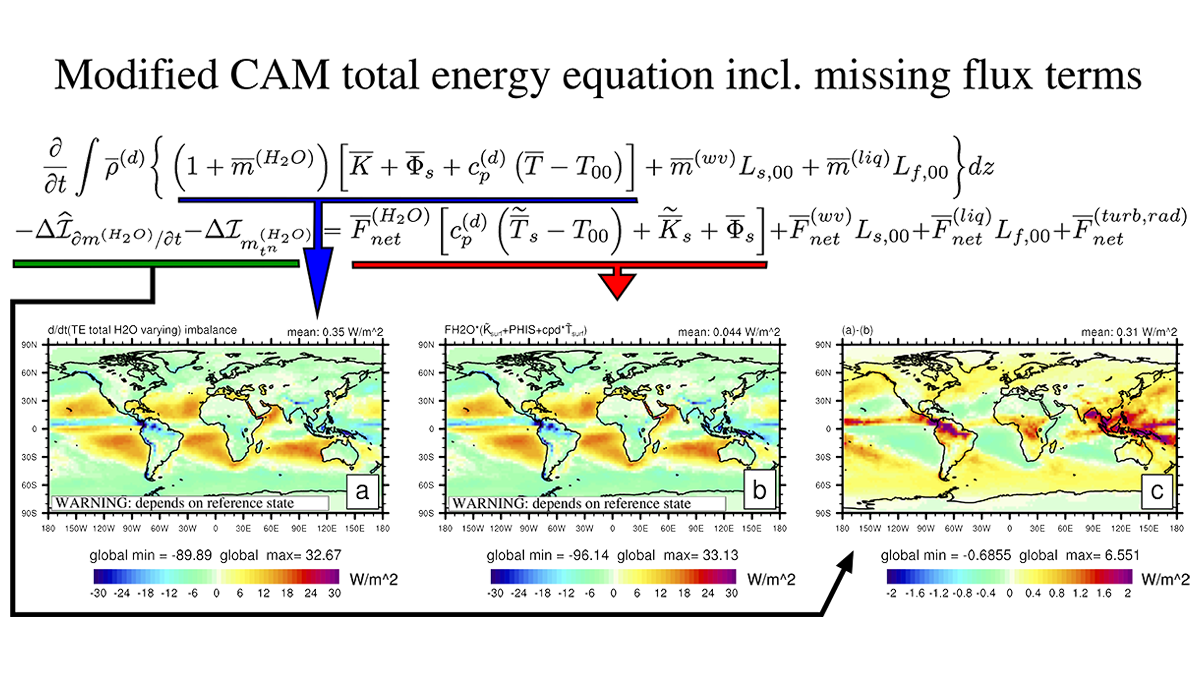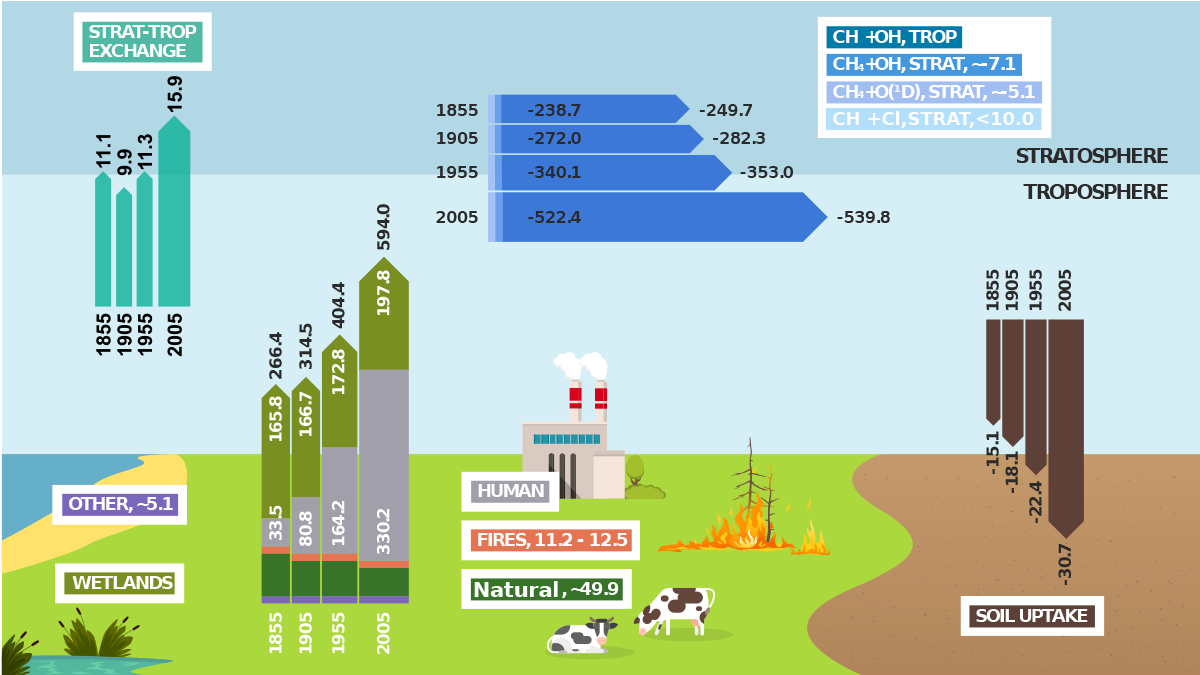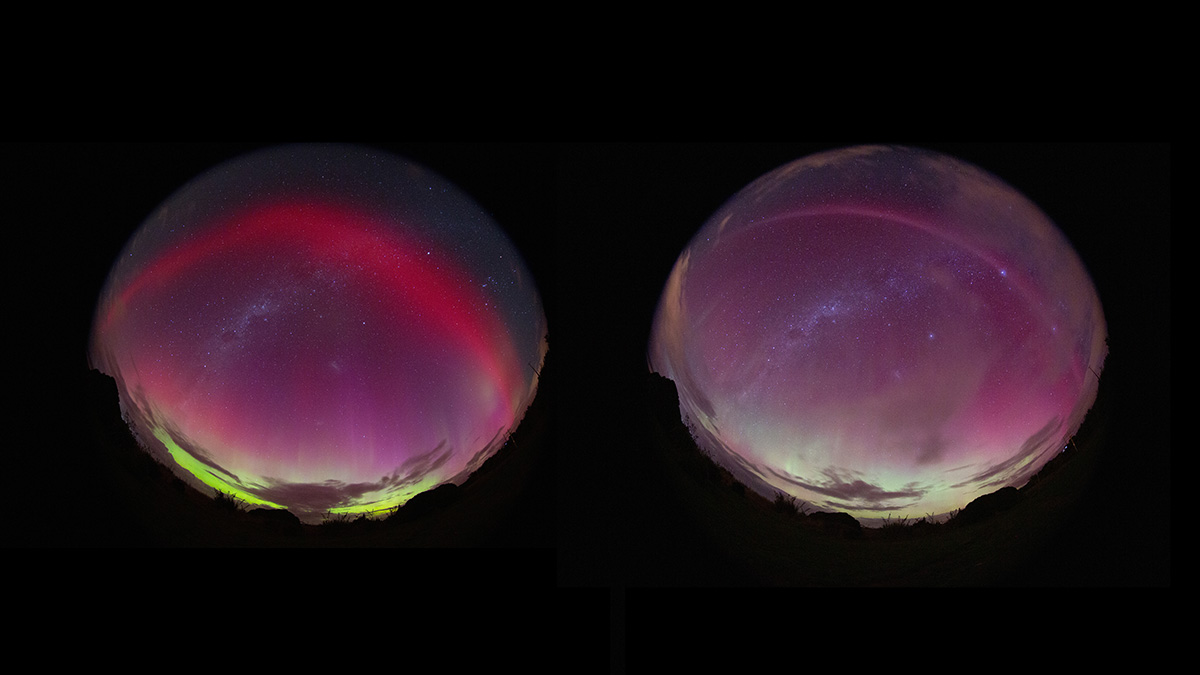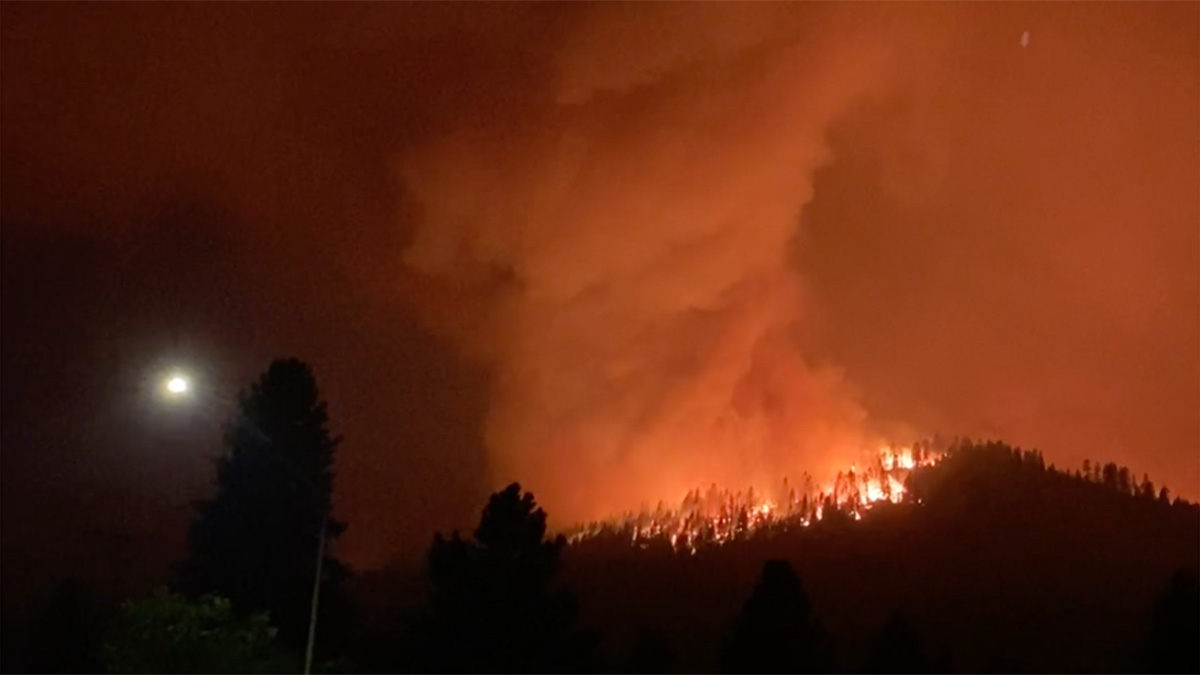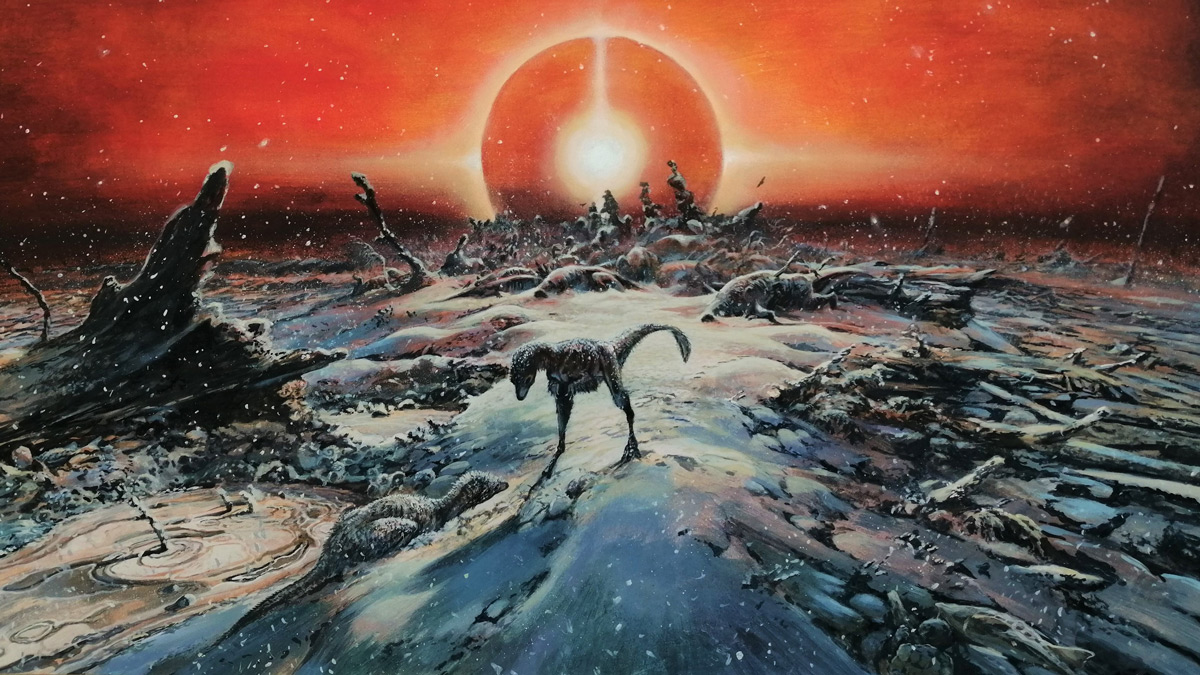Researchers review the challenges and prospects of Earth System Models that incorporate a consistent closed energy budget.
everything atmospheric
Tropical Wetlands Emit More Methane Than Previously Thought
Climate models could be vastly underestimating methane emissions from the world’s tropical wetlands, according to observational surveys of wetlands in Zambia.
The Long-Lasting Impact of a Nuclear War on the Ocean
Model simulations of the impact of a large-scale nuclear war reveal long lasting effects with much of the ocean not returning to pre-war levels despite the cessation of the initial cooling.
A Significant Advancement in Modeling the Global Methane Cycle
The capability to fully model the global methane cycle advances the international climate science community’s ability of providing essential evidence to underpin climate mitigation policy.
Gigantic Jet of Lightning Mapped over Oklahoma
The most powerful gigantic jet ever recorded fortuitously appeared over a sensor array in Oklahoma, enabling scientists to map the structure of the phenomenon for the first time.
From SAR Arc to STEVE: An Atmospheric Evolution
A new study reports the first observation of a stable auroral red arc evolving into a strong thermal emission velocity enhancement during a geomagnetic storm.
Chasing Fire Tornadoes for Science
Recent research suggests fire-generated vortices are always present during wildfires.
A Post-Impact Deep Freeze for Dinosaurs
New research supports the hypothesis that dinosaurs were done in by climate change after an asteroid impact kicked up a massive plume of sulfur gases that circled the globe for several decades.
11 Discoveries Awaiting Us at Solar Max
Each solar cycle might seem like the same old story, but one thing has changed significantly since the previous solar maximum–our technology.
Plant-Nibbling Insects May Make It Cloudier and Cooler
Insects that eat plant leaves could change the local atmosphere, but current climate models do not account for this impact.

